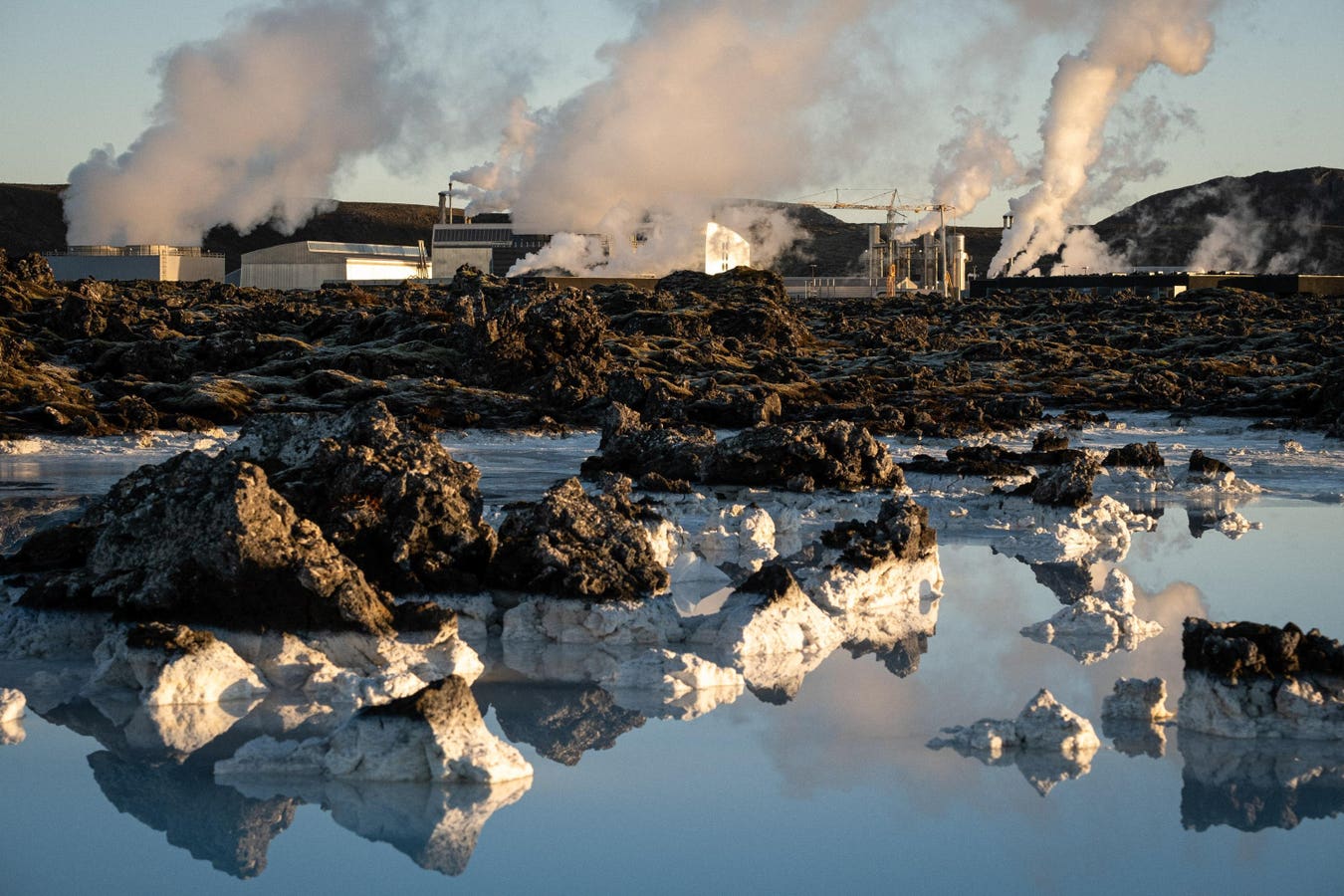Recent volcanic activity in Iceland has sparked concerns about potential air travel disruptions across Europe. However, with daily seismic activity waning and a robust preparedness framework in place, the threat of massive flight interruptions is minimal.
Aviation also learned from the massive disruptions in 2010 when Eyjafjallajökull erupted, producing an ash cloud that halted over 100,000 transatlantic flights. Studies conducted since that event avoid a repeat of the air travel chaos caused by that Icelandic volcano. Airlines are now more likely to keep flying smoothly because regulators and stakeholders better understand the threat.
Diminishing Threat within the Grindavík Area
The probability of a sudden eruption in the Grindavík region is declining, according to the latest update from the Icelandic Meteorological Office. Early signs of crustal uplift hinted at possible magma movement, yet the latest geodetic models and reduced earthquake intensity suggest that the risk is subsiding.
“Based on the latest data, and considering the evolution of activity since 10 November, the likelihood of a sudden eruption within the Grindavík urban area is decreasing daily, and it is presently assessed as low,” the IMO states. “It can be assumed that newly emplaced magma beneath Grindavík has solidified partially, thereby reducing the likelihood that the magma will reach the surface within the city limits. However, we emphasize that the possibility of a volcanic eruption at some point along the length of the intrusion, particularly between Hagafell and Sýlingarfell, remains plausible.”
Proactive Measures Ensure Passenger Safety
The state of emergency and subsequent evacuations in Grindavík underscore Iceland’s proactive stance on public safety. Furthermore, international protocols from the International Civil Aviation Organisation (ICAO) ensure that the aviation sector remains well-informed and ready to act.
It’s important to understand that volcanos don’t always cause a safety risk to aviation. In fact, constant ongoing global volcanic activity poses no threat to air travel. The main danger comes from volcanos that produce ash clouds, and aviation is now better prepared to manage those threats.
Aviation Safety Preparedness Post-Eyjafjallajökull
Learning from the 2010 Eyjafjallajökull eruption, which cost billions for airlines, airports, and the global economy, Iceland has significantly advanced its volcanic crisis management. Collaborative efforts with the European Union Aviation Safety Agency and improved crisis coordination mean aviation is better equipped to handle potential ash events with minimal disruption.
“The actions taken in the days following that event were subsequently analyzed in various aviation groups, leading to a far better understanding of the threat from an ash cloud to aircraft and a better preparedness of the entire aviation sector to assess and mitigate potential risks,” EASA explains. “The expectation as a result of this “lessons learned” process is that this would lead to a more proportionate reaction in the case of any future similar event while still ensuring that safety remains paramount, as always in aviation.”
Since that volcanic eruption, the aviation industry has developed new tools to manage a significant volcanic ash event. There is now a comprehensive framework of rules and guidance material for volcanic ash to guide European decision-making. It helps stakeholders review the ash-contaminated airspace more accurately to decide when airspace should be closed. Updated crisis coordination and research also ensure a more effective response.
Rigorous Monitoring Eases Flight Concerns
The IMO and other regulatory bodies meticulously observe seismic activities. The IMO issues aviation notifications for increasing and decreasing volcanic activity, along with details on the nature of the unrest or eruption, especially the likelihood of ash plumes, which present a safety risk to aircraft.
Aviation stakeholders get daily updates on the current threat levels from Iceland’s volcanoes via a color-coded map, as the International Civil Aviation Organization recommended. The map informs the aviation sector about a volcano’s status, with threat levels ranging from gray (untracked) to red (a likely eruption that could result in an ash cloud). The current aviation marker for the volcano under observation in Grindavík is yellow.
Iceland’s Airlines Are Flying
With seismic events decreasing and no ongoing eruption, Keflavik Airport and Iceland’s major airlines, including Icelandair and PLAY, report normal operations. However, increased traveler concerns have slowed down bookings, which are made closer to the date of travel in winter months.
“We would like to emphasize that the seismic activity in Southwest Iceland has had no impact on flights to and from Iceland, and the country is welcoming visitors,” said Bogi Nils Bogason, President & CEO of Icelandair. “These events have, however, impacted the lives of people living in the town of Grindavik that has been evacuated, and our thoughts are with them. As a leading airline in Iceland for decades, we are used to dealing with the natural elements and are well-prepared for various different scenarios. We are in close contact with the authorities and scientists who are closely monitoring the situation. In the event of any changes to our schedule, we will communicate via our normal channels.”
What This Means for Travelers
As the land of fire and ice, Iceland is no stranger to the forces of nature. The recent volcanic stirrings demonstrate the country’s effective emergency response protocols. While nature is sometimes unpredictable, good science makes its more volatile events easier to manage.
The ongoing situation has slightly affected tourism bookings, yet Iceland continues to welcome visitors with the assurance of safety and readiness. Travel to Iceland remains safe with no ongoing eruption and flights operating normally. Given the current conditions and lessons learned from Eyjafjallajökull, significant flight cancellations are unlikely.
The best advice for travelers is to stay connected with official channels for real-time information. Whether planning a trip to Iceland, an Icelandic stopover on the way to Europe, or a transatlantic flight, travelers should know that the aviation industry is vigilant and proactive on volcanic activity to minimize air travel risk.
Read the full article here





